For more than 136 years, Rudolfinum has been presenting works by leading artists and ideas by eminent artists. From the very beginning, the house has been conceived as a concert hall and art gallery and, between 1918 and 1939, it served as the seat of parliament. The Dvořák Hall offers top musicians world-class sound parameters, while visual artists enjoy spacious exhibition rooms that make generous use of natural light.
What is less well known, however, is that the roof of the Neo-Renaissance building is surrounded by a balustrade concealing a terrace of nearly 850 square metres on three sides. The reason for this is that the unique view of Prague Castle, Charles Bridge, and the Old Town has for many years been enjoyed in silence only by the statues of 16 important composers. Ordinary mortals can only catch a glimpse of the Rudolfinum during occasional organized tours.
This has been caused by the unsatisfactory condition of the terrace. The surface is uneven, important safety features are missing and access to the roof through a narrow fire escape is quite complicated. Any form of possible public use of the roof has thus not yet been considered. In less than two years, however, this could be different. If everything goes according to the current plans, not only visitors to the Czech Philharmonic concerts or the Rudolfinum Gallery will be able to look forward to another unusual experience.
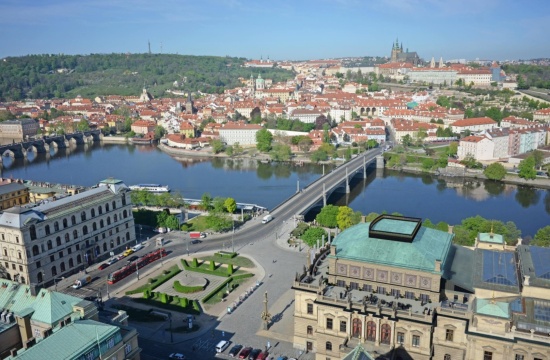
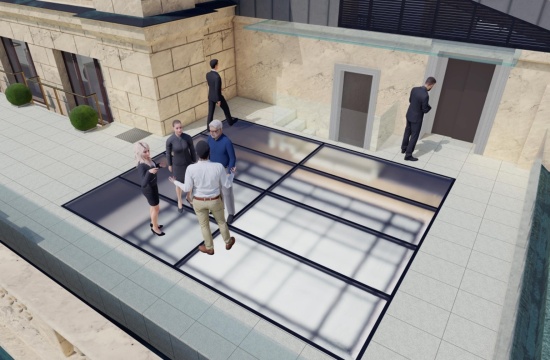
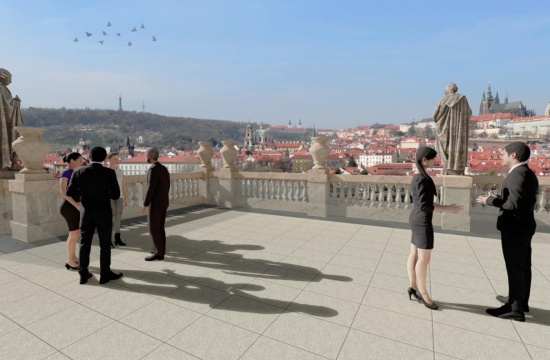

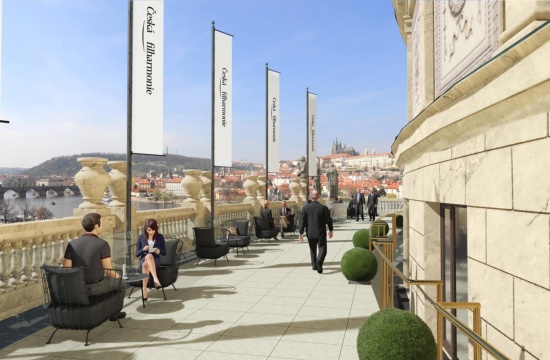

To Give the Terrace a New Life
The idea of the terrace reconstruction and opening came from the expert team of the Arcona Capital international company which has been a partner of the Czech Philharmonic since 2018. It only took one visit. “When I first stood on the terrace, it literally took my breath away,” company director Guy Barker recalls.
As an investment expert and a fan of architecture, he was interested in all aspects of the building during his tour of Rudolfinum, but the view from the roof (and especially the potential for unused space) amazed him. “We were thrilled by the idea that we–together with the Czech Philharmonic Orchestra–could help transform this extraordinarily beautiful part of one of Prague’s most famous buildings into a place accessible to all.”
If Rudolfinum manages to secure the necessary funding, the terrace will be subject to significant structural modifications. In addition to levelling the uneven paving, the floor surfaces will receive certain renovations (a new steel structure with granite slabs will replace the substandard concrete tiles) and modern safety features will be installed. For example, the railings at the edge of the terrace will be fitted with glass barriers approximately one meter high.
The plan also includes the necessary provision of water and electricity supply, revision of the sewerage system or suitable lighting installation. The planners have not forgotten the location of the beehives whose home has been located on the roof since 2016 and that regularly produce the renowned “fine-tuned honey”. An important part of the revitalisation of the terrace will be the provision of comfortable, disabled access for visitors from the building ground floor through a new elevator.
All this should make the terrace an attractive, representative and multi-purpose space for public use, intimate cultural events or private corporate events. It is especially the early evenings and sunsets that take visitors’ breaths. However, the parts of the day have to wait for their audience. “It’s an exciting project, but we are approaching it with extreme responsibility,” says Guy Barker, a great lover of classical music and frequent visitor to philharmonic concerts, with humility.
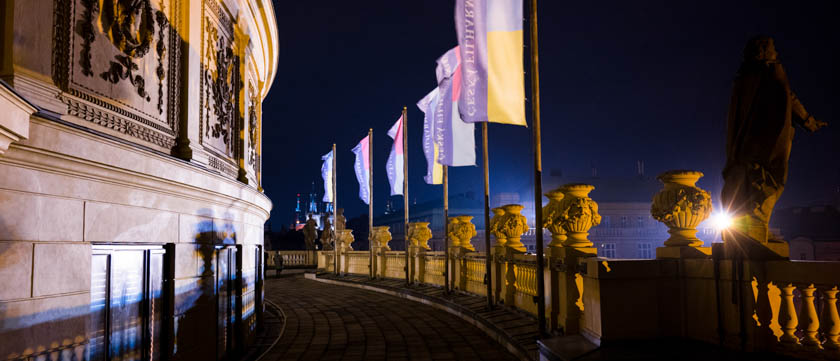


what are the considerations when purchasing used metal cabinets? visit our : telkom university
this is one of the best posts, when was the last time you made an article post?
Visit UsTelkom University